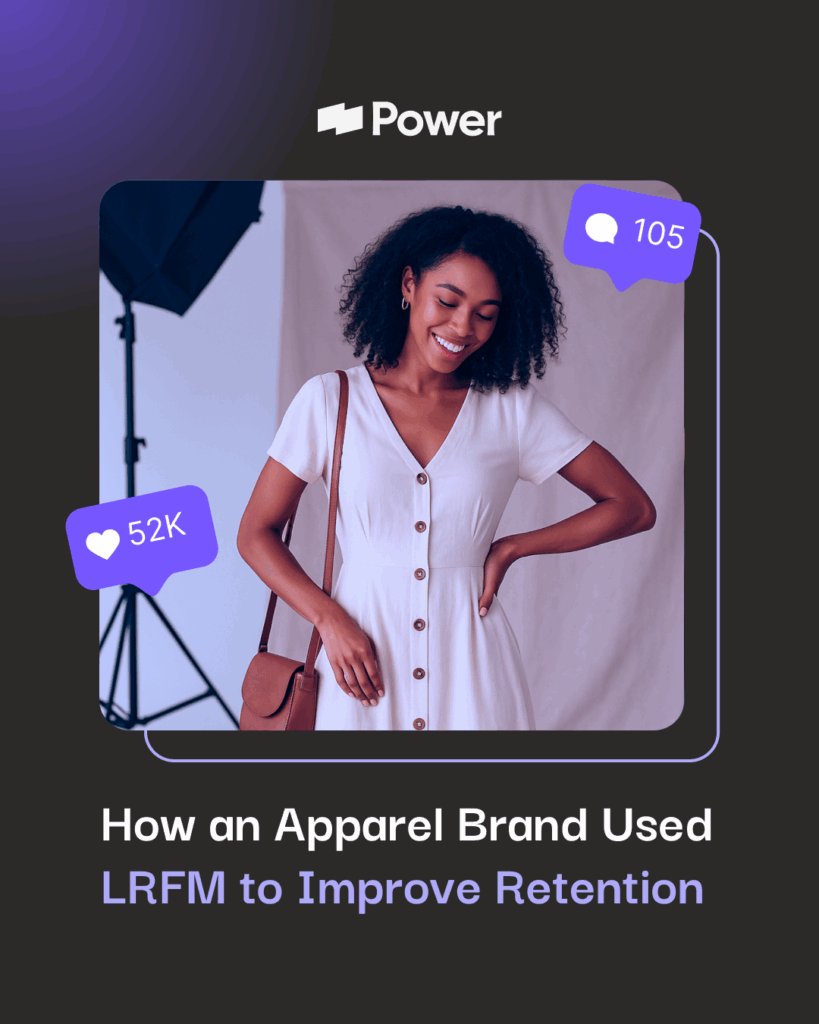AMP For Email

If you’ve been paying attention to the news lately, you’ve likely seen a lot of buzz surrounding Google’s announcement of AMP (Accelerated Mobile Pages) for email. While Google has utilized AMP format for things such as recipes and how-to articles in the past, they have set their sights on this new venture, and are claiming it will revolutionize modern email. To get a better glimpse at what this means for the future of email, keep reading!
Background
What is AMP?
The AMP Project which is short for Accelerated Mobile Pages is an open-source initiative launched by Google around two years ago in an effort to increase the speed at which mobile and desktop webpages load. It’s important to note that while AMP does work on desktop browsers, it is primarily meant for mobile pages. So how exactly does is work? Simply put, AMP is able to increase the load speed for mobile web pages by eliminating all the unwanted gunk and loading only the important stuff (aka the actual content). It does this by replacing standard JavaScript(JS) with Amp JavaScript(JS).
Over the last two years, it has had immense success, providing faster-loading pages and a better user experience. According to Aakash Sahney, Product Manager at Gmail, “AMP started as an effort to help publishers,” but has now become “one of the best ways to build rich web pages.” What started as something primarily for the media and publishers has spread like wildfire to almost every other industry.
Fast forward two years and Google is rolling out their newest initiative: AMP for email. “Many people rely on email for information about flights, events, news, purchases and beyond,” noted Sahney. “With AMP for email, it’s easy for information in email messages to be dynamic, up-to-date and actionable.” Building upon the AMP Project, AMP for Email hopes to continue to improve the user experience by modernizing and revolutionizing one of the most popular places that people spend their time.
While this is a Google initiative, Google hopes that other email client providers will adopt AMP for email in the future. Sahney added that “this new spec will be a powerful way for developers to create more engaging, interactive and actionable email experiences.” Having huge success with the breadth of their original AMP initiative, they hope that AMP for email will yield similar results.
Related: Google AMP Update for 2018
How This Will Change the Email User Experience
Currently, if you open up an email and click on a listing, you’ll be redirected to another webpage in order to interact with it. With AMP for email, this step is cut out, allowing you to directly interact with a listing without ever leaving your inbox. Essentially, it allows applications to run inside your Email so that there is no need to go to a new webpage. Because you can browse and interact with content directly, the dozens of pesky tabs you probably have open on your phone are eliminated, giving you a faster and more streamlined Email experience.
Early Adopters
While AMP for email is still in the beginning stages, Google has shared a few projects from early adopters to give users a better idea of what it will look like. A few of the early adopters include Pinterest, Booking.com, and Doodle, with more companies expected to begin developing features for AMP in the near future.
To give you a better visual, let’s look at a few examples from these companies:
Example #1
Imagine you receive an email from Pinterest and want to browse through the content. In the past, you have always been redirected to the Pinterest site where you could then look through recipes and content. With AMP, you can open up that same email and browse through photos and recipes and even save them as pins, all through your email. This adds a level of convenience and saves users the time previously spent redirecting to the website.
Example #2
Say you want to schedule a meeting with a client but aren’t sure what their calendar looks like. This often leads to various back and forth emails attempting to schedule a time that works for the both of you. All this back and forth means lots of redirecting to different webpages. With Doodle implementing AMP, the scheduling process is simplified by allowing you to interact with a scheduling form directly through your email. This eliminates the back and forth and allows you to schedule meetings quickly and efficiently!
Example #3
With Booking.com developing features for AMP, you can now view and update all travel and hotel deals from the convenience of your inbox. It also allows you to update your email preferences so you can unsubscribe or manage your newsletter and alert preferences without being redirected to the Booking.com website.
Example #4
Currently, if you receive a questionnaire via email, you will be redirected to the questionnaire site in order to log your responses. With AMP for email, you will be able to fill out the questionnaire instantly, simplifying the process. This saves people time thus increasing the chance of them responding to that questionnaire. This could be a huge asset for marketers and research purposes!
Related: AMP Pages: Why They Matter
The Pros and The Cons
While it may seem like this launch offers only benefits, with any new initiative, there are pros and cons. To get a more comprehensive look at AMP for email, we’ve outlined the potential benefits and downfalls below.
Pros
- AMP’s interactive update capability allows users to click on something within an email and receive an update with new content without leaving their inbox
- Live updates within email ensure that content is never stale
- For example, poll results can be automatically updated in real-time
- New opportunities and possibilities for brands to capture reader’s attention and create a total brand experience (all within their inbox!)
- Marketers can allow users to RSVP to events, fill out questionnaires and browse content without leaving their email
Cons
- Some people are concerned that with the addition of AMP for email, Google is gaining too much say in how the web operates
- AMP is strict on validation and won’t work if there are any unsupported tags or attributes
- It’s unclear whether AMP will be supported in all versions of Gmail at this time
- Email marketers will have to add a separate (third)MIME-type to their email for AMP-powered emails to work in Gmail
- Adding support for this third MIME part will create a lot of work for email service providers and is seen as one of the biggest downsides of AMP for email
Wrapping Up
While AMP for email is currently only available to developers, Google hopes to start rolling it out to all Gmail users later in this year. Whether this will happen or not will heavily depend on how it performs in this initial stage. Even if it does end up rolling out to all Gmail users, it’s uncertain whether AMP for email will be able to overcome the drawbacks of its offerings. At this time, it’s also unclear how many companies will decide to jump on board and start developing AMP features. Many industry experts have conflicting opinions and thoughts when it comes to AMP for email and it doesn’t look like unanimous adoption will happen anytime soon. While some experts believe the pros outweigh the cons, others argue that there are far too many drawbacks to AMP. For now, the jury is still out. Only time will tell whether AMP is the future of email.

Our Editorial Standards
Reviewed for Accuracy
Every piece is fact-checked for precision.
Up-to-Date Research
We reflect the latest trends and insights.
Credible References
Backed by trusted industry sources.
Actionable & Insight-Driven
Strategic takeaways for real results.






